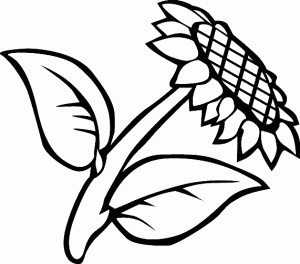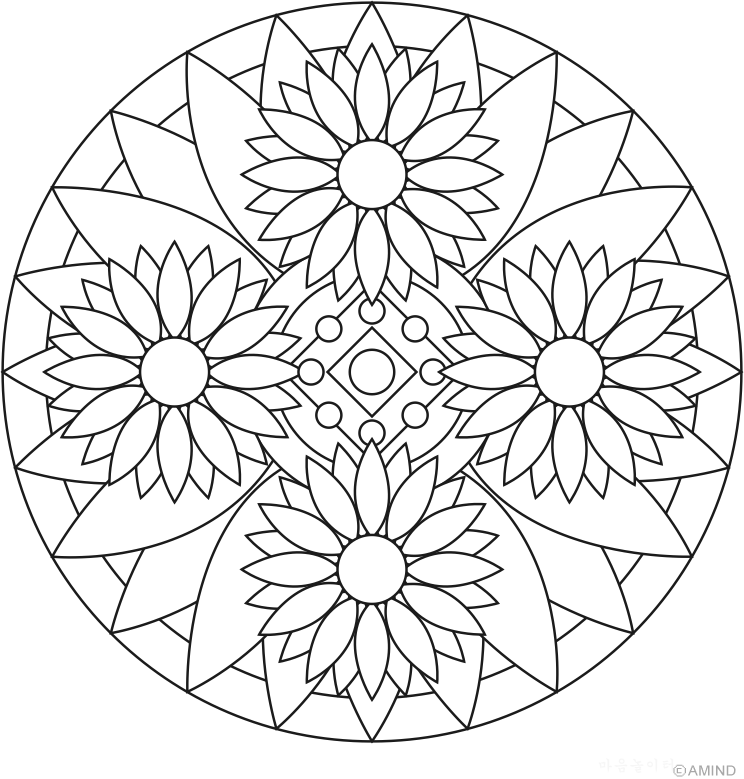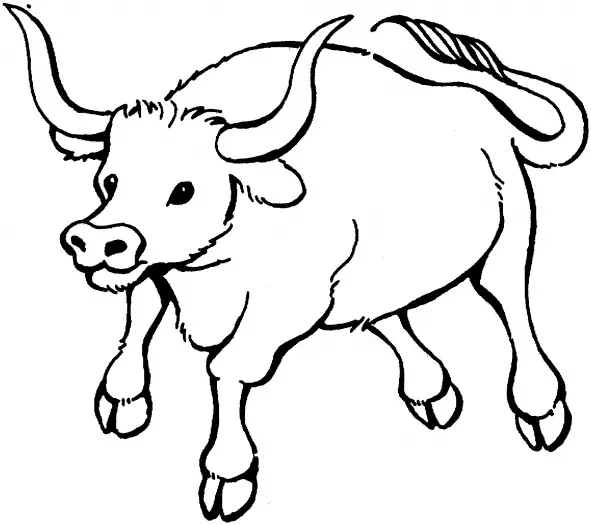Photographer Tania Barrientos followed the stories of several women who wanted to share a part of their lives as midwives and leaders in Costa Chica de Guerrero, a coastal region in southwest México.
In México, Indigenous women have long relied on traditional midwives. The Costa Chica de Guerrero is a geographical area that is distinguished not only by the presence of various Indigenous groups (Amuzgos, Tlapanecos and Mixtecos), but also by a high percentage of Afro-descendant population living in the region.
In Guerrero, some women have given birth with midwives at Indigenous women's centers called CAMIs (Casas de la Mujer Indígena o Afromexicana). The CAMI is a house dedicated to traditional midwifery and sexual and reproductive rights that provides support with an intercultural perspective to women from the Costa Chica and Montaña regions.
In this region, there are different rituals to honor life and nature using the placenta as an offering to the water and earth to ensure good health for children and a productive life in their future life as adults.
It is also an area that is characterized by intense political and social movements led by women of both ethnic groups, who began to organize in spaces specifically for women more than a decade ago and who now continue to strive to preserve the fruits of that struggle, facing many obstacles, especially due to customs and harmful practices rooted in the region, such as machismo, violence and corruption — in addition to the marginalization, poverty, social backwardness and discrimination in which the state of Guerrero has historically been submerged.
These lags are exacerbated for Indigenous and Afro-descendant women, those who speak only one language — mostly their native languages — those who live in rural areas that are difficult to access or in marginalized areas of the cities, and for those who are unaware of their rights and freedoms, especially their reproductive and health rights. They are the ones who suffer the most from problems derived from nutritional deficiencies, low levels of schooling, access to economic resources and, therefore, subordination to their partners, families, communities and society in general.
One of the consequences of all this is the high rate of maternal deaths that Guerrero faced for several years, when compared to the national average. It has been reduced slightly in recent years, most likely thanks to the social pressure that, for some years, several civil organizations have been doing, working to encourage various groups of Indigenous and Afro-descendant women to autonomously develop local actions and strategies to deal with these problems.
These efforts materialized with the creation of a space specialized in maternal health and reproductive rights, which serves Indigenous, non-Indigenous and Afro-Mestizo women with an intercultural approach who require care during their pregnancies and at the time of delivery. This space is the CAMI Nellys Palomo Indigenous Women's Health House, coordinated and cared for by traditional Tu'unsavi (Mixteco) and Me'phaa (Tlapanecas) midwives.
CAMI was established in 2011 in San Luis Acatlán, one of the communities on the Costa Chica de Guerrero, located on the border with the Montaña region of the state. Its location is strategic, with the majority of users being Indigenous women who live in remote communities in that region and who hardly have access to official health services, whose coverage and infrastructure are insufficient.
The women who work at CAMIs play an important role within their communities — like Apolonia Plácido, the president and one of the founders of the CAMI San Luis Acatlán, who organizes mainly Tlapaneco and Mixteco women with knowledge in traditional midwifery who are also provided with constant training through workshops and activities that take place in CAMI.
Within the traditional practices that are used in the CAMI for maternal health care is the use of plants with healing properties during labor to facilitate it, and after it for the recovery of the mother. This knowledge represents, on the one hand, the ability of these women to preserve through memory and oral tradition, the wisdom inherited from their ancestors, and on the other, the ability to self-manage their own health and that of their communities in deprived contexts of services and medicines, and where health unfortunately continues to be a great privilege.
The women coordinators and midwives of CAMI houses have managed to change the narrative in which Indigenous women have historically been portrayed as victims, denying them recognition as agents of change that they have been in various social struggles.
The Houses of Indigenous Women are part of a project promoted by the National Commission for the Development of Indigenous People, with the collaboration of ONU Mujeres and various civil society organizations, to promote sexual and reproductive health and prevent gender violence against women, among Indigenous people. In 2007, the model of care for reproductive violence and health in Indigenous areas was designed, which has allowed the expansion of the proposal to 15 states and the installation of 18 houses throughout México.
These women have shown great resilience and wisdom to manage economic resources and contribute to the sustainable use of natural resources for their families and communities, making use of their traditional knowledge and practices for their benefit.
9(MDEwODYxNTQyMDEzNjAxODk2Nzc2NzNmYQ001))














